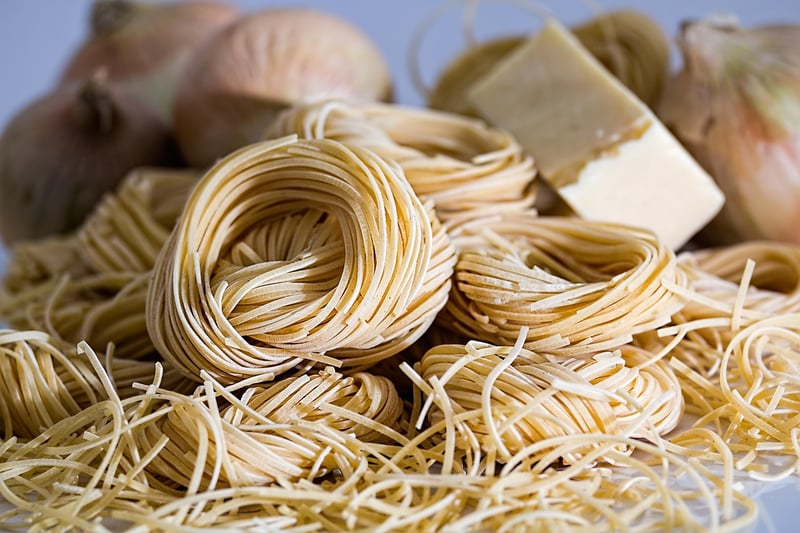Contrast & Complement
Enhancing Taste Combinations: Contrasting and Complementing Flavors
When it comes to creating memorable culinary experiences, mastering the art of taste combinations is key. By understanding how flavors contrast and complement each other, you can elevate your dishes to new heights. Whether you're a seasoned chef or an amateur cook looking to expand your skills, exploring the world of contrasting and complementary flavors can open up a whole new realm of possibilities in the kitchen.
Contrasting Flavors
Contrasting flavors are those that are different from each other but create a harmonious balance when combined. These pairings create excitement on the palate by playing off each other's unique characteristics. Some classic examples of contrasting flavors include:
- Sweet and Savory: The combination of sweet and savory flavors can create a perfect balance of richness and sweetness. Think of dishes like teriyaki chicken or honey-glazed ham.
- Spicy and Cool: Combining spicy elements with cooling ingredients can create a dynamic contrast that keeps your taste buds engaged. Consider dishes like spicy tuna rolls with a side of creamy avocado.
- Acidic and Creamy: The sharpness of acidic ingredients can cut through the richness of creamy textures, creating a well-rounded flavor profile. A classic example is a tangy lemon vinaigrette drizzled over a creamy avocado salad.
Complementary Flavors
Complementary flavors are those that enhance each other's best qualities when paired together. These combinations create a sense of harmony and depth in a dish, elevating the overall flavor profile. Some popular examples of complementary flavors include:
- Herbs and Citrus: The brightness of citrus fruits can amplify the freshness of herbs, creating a vibrant and aromatic flavor profile. Consider dishes like a zesty basil and lemon pasta.
- Sweet and Salty: The contrast between sweet and salty flavors can create a perfect harmony that tantalizes the taste buds. Think of salted caramel desserts or chocolate-covered pretzels.
- Earthy and Nutty: The nuttiness of ingredients like almonds or sesame seeds can enhance the earthy flavors of ingredients like mushrooms or root vegetables. Try adding toasted almonds to a wild mushroom risotto for a delightful combination.
Experimenting with contrasting and complementary flavors in your cooking can lead to exciting discoveries and help you develop your palate. Don't be afraid to mix and match different ingredients to see what works best for your taste preferences. Whether you're aiming to create a bold and daring dish or a subtle and harmonious meal, understanding how flavors interact is the key to culinary success.
So, next time you're in the kitchen, challenge yourself to think beyond the basics and explore the world of taste combinations. Who knows, you might just stumble upon your next signature dish!

Image Source: Pixabay
